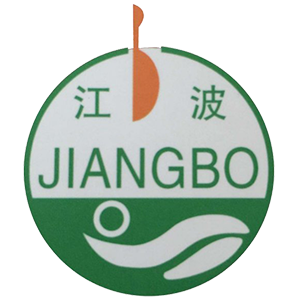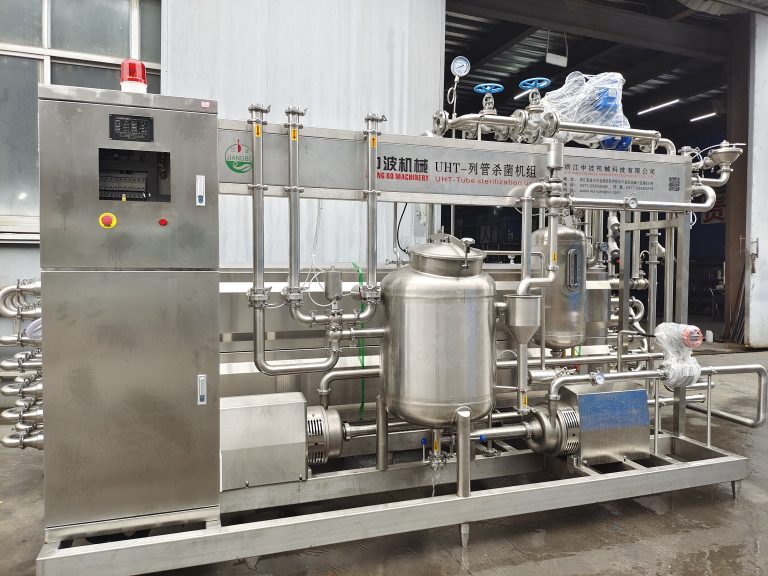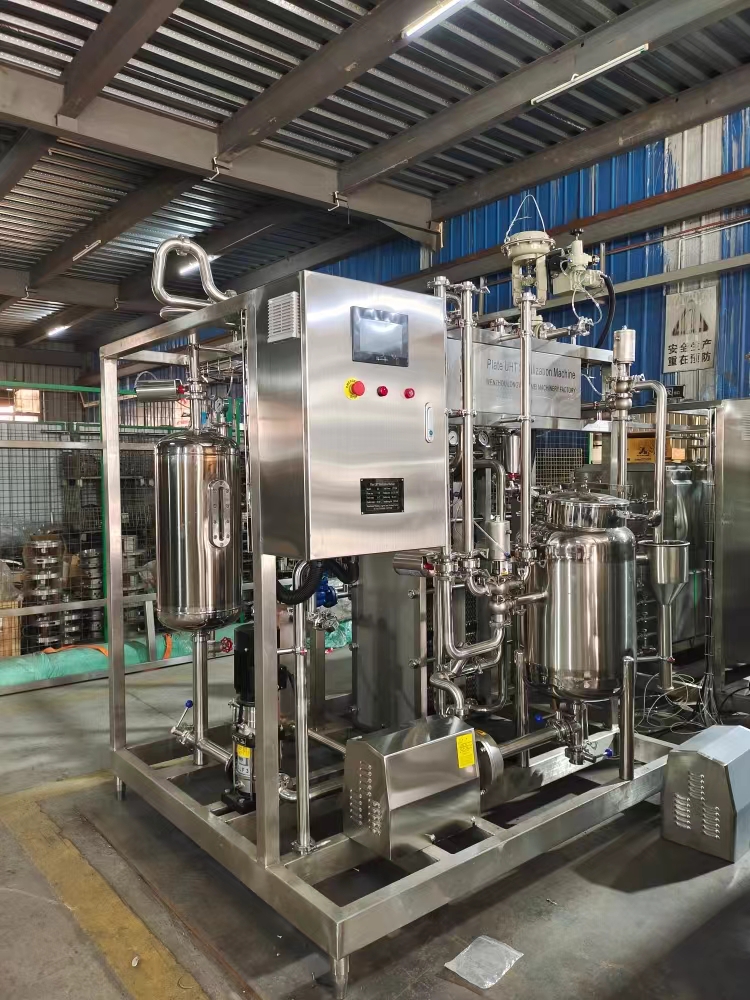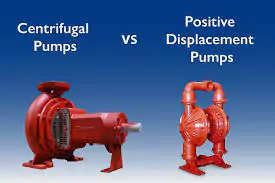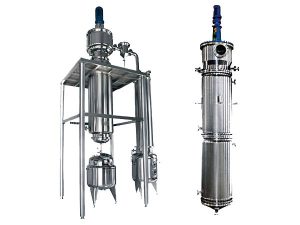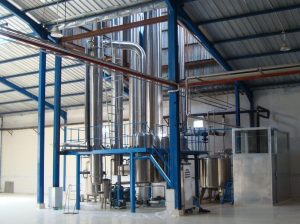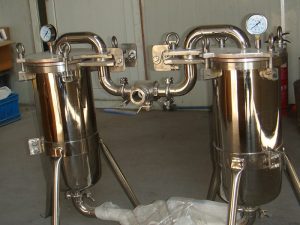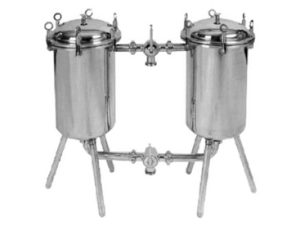Self-priming pumps are designed to automatically remove air from the suction line and start pumping without requiring external priming. They are widely used in industries such as chemical processing, wastewater treatment, and irrigation.
One common question that arises is whether a foot valve is necessary for a self-priming pump.
The answer is generally no—self-priming pumps are designed with internal mechanisms. However, in certain situations, a foot valve may be beneficial to enhance performance and prevent operational issues.

Importance of Understanding Foot Valves in Self-Priming Pumps
A foot valve is a check valve installed at the bottom of the suction line in a pumping system. It serves to prevent backflow and maintain the liquid column in the pipe, ensuring a consistent flow when the pump starts. In traditional centrifugal pumps, foot valves are often necessary to keep the suction line filled with liquid, preventing air pockets that can cause pump failure. However, when using a self-priming pump, the necessity of a foot valve depends on specific operational conditions.
Does a Self-Priming Pump Need a Foot Valve?
Generally, No Foot Valve is Required
In most cases, a self-priming pump does not require a foot valve. This is because it is specifically engineered to remove air from the suction line and create sufficient vacuum pressure to draw liquid into the pump. Self-priming pumps have built-in check valves or non-return valves that prevent backflow, eliminating the need for an external foot valve.
By eliminating the foot valve, the system reduces the risk of clogging and mechanical failures, which can occur due to debris buildup in the valve. Additionally, avoiding the use of a foot valve simplifies installation and maintenance, making self-priming pumps more convenient for users.
When Should a Foot Valve Be Installed?
Special Situations Requiring a Foot Valve
While a self-priming pump generally does not require a foot valve, there are certain circumstances where installing one may be beneficial:
-
Long Suction Lines – If the suction lift is too high or the pipeline is exceptionally long, the self-priming pump may take longer to evacuate air and establish suction. A foot valve can help maintain liquid in the line, improving the pump’s priming efficiency.
-
Frequent Start-Stop Operations – In applications where the pump is frequently turned on and off, a foot valve can prevent the liquid from draining back into the reservoir, reducing the time required for priming during startup.
-
Small Self-Priming Pumps – Some compact self-priming pumps have a limited capacity for maintaining suction, and a foot valve can enhance their efficiency.
-
Worn or Damaged Check Valves – If the internal check valve of the pump is worn out or damaged, a foot valve can serve as an additional safeguard against backflow, preventing the pump from running dry.
How Does a Foot Valve Work?
A foot valve is a one-way valve designed to allow liquid to flow in only one direction. It is typically installed at the end of the suction pipe and remains submerged in the liquid source. When the pump starts operating, it creates a suction force that opens the foot valve, allowing liquid to enter the pipe and flow into the pump. Once the pump stops, the valve closes automatically, preventing the liquid from draining back into the reservoir.
The effectiveness of a foot valve depends on its design and materials. High-quality foot valves are often made of corrosion-resistant materials such as stainless steel or reinforced plastic, ensuring durability in harsh environments.
Conclusion
In summary, a self-priming pump generally does not require a foot valve due to its ability to evacuate air and maintain suction independently. However, in special cases such as long suction lines, frequent startups, or small pump designs, installing a foot valve can enhance performance and reliability. Understanding the role of foot valves and selecting the right self-priming pump ensures optimal efficiency in fluid transfer applications. Zhongbo’s self-priming pumps provide an excellent solution for industries looking for dependable, high-quality pumping equipment.
References
